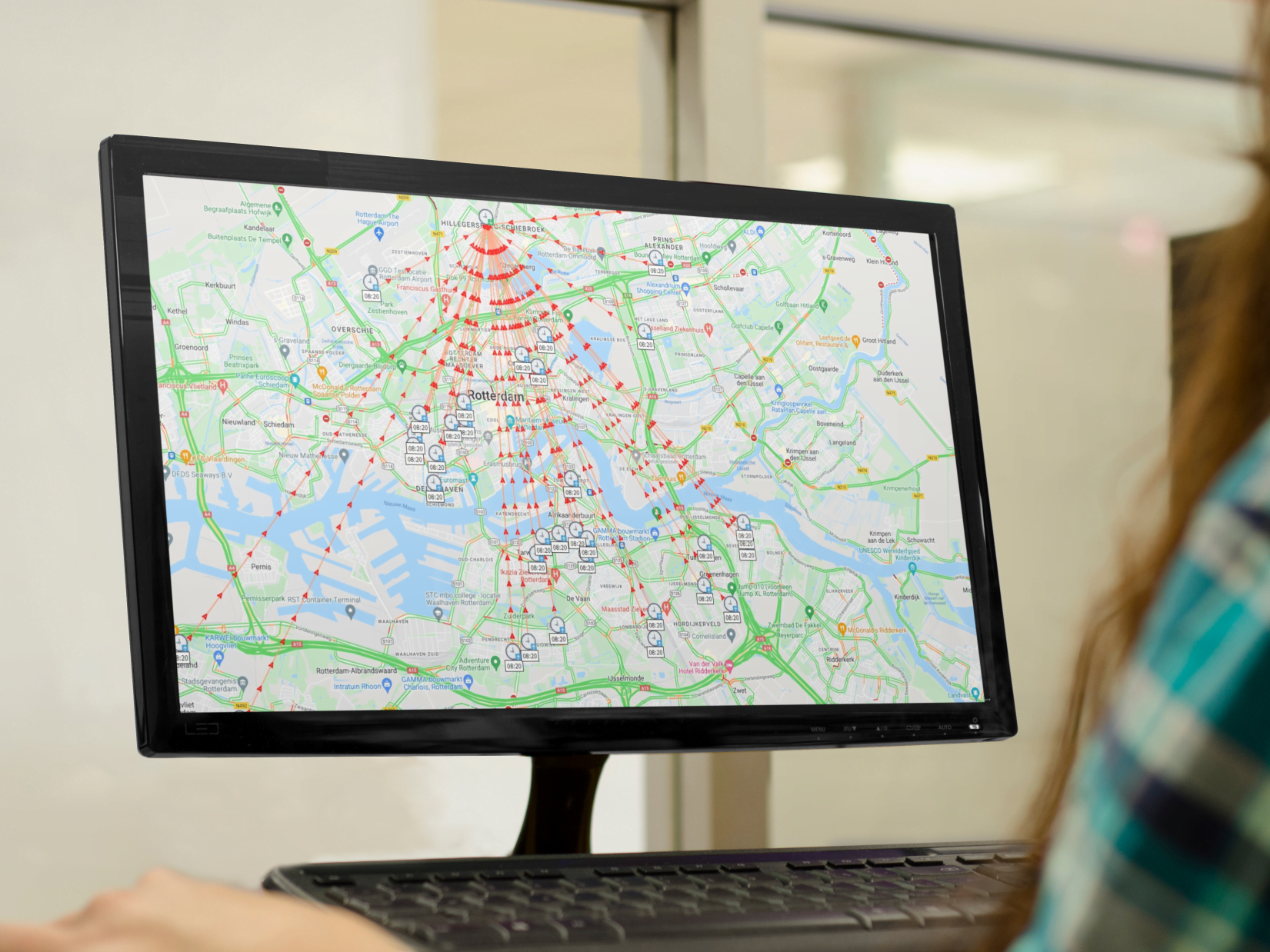It is important to consider the views of users, such as students and parents, when developing transport solutions.
It is regulated by law that student transport is available if your child cannot go to school independently, for example in the event of illness, a disability or behavioral problems. Pupils in secondary special education can also use pupil transport. There is a driver shortage for student transport throughout the Netherlands. According to student representative LBVSO, 14.000 children nationwide have been affected by driver shortages in student transport.
In recent months we have heard calls from some transport companies and employers' organization KNV to study spreading the starting times of schools as a possible solution to solve the persistent shortage of personnel. A difficult issue. Surely the catering industry does not ask to dine in the afternoon because it is too busy in the evenings and they have no or fewer staff? In any case, the distribution of starting times in schools is a difficult issue.
attention
The fact that there is now a great deal of political attention for target group and care transport is a result of the downright poor quality delivered by large transport companies in recent months, with the driver shortage being cited as the main cause. Yet there are several causes. Dennis Wiersma, Minister for Primary and Secondary Education, is increasingly arguing for one large contract as a solution approach. Is this the solution then? No, because after such a contract has been awarded, the mega plot is still split into small pieces, resulting in the same outcome and staff shortage. The only thing that has changed is another major transport director who is in between. And those experiences have been described before.
less crowded
On the one hand, it can help to spread school starting times, as this can lead to a reduction in the number of students that need to be transported at the same time. This can lead to less pressure on taxi transport to special education. Such an adjustment has major social consequences and will mean a different daily and weekly schedule for many, with the result that social activities after school will also be endangered.
The other side of the coin is that by grouping transport to schools, more efficient use is made of the available means of transport by clustering transport. This can reduce the amount of transport needed and reduce the pressure on the necessary number of taxi vans. This can lead to cost savings for the client and in many cases a reduction in the emission of harmful substances.
However, in some cases it can still be difficult to solve transport problems, even with dispersed starting times. Depending on the size and location of the school, other solutions may be needed, such as a different form of public transport or encouraging carpooling by parents.

Is your child younger than 18 and does he or she have a disability that prevents them from traveling by public transport? Then the municipality may not charge a personal contribution for student transport. If your child is older than 18, you will unfortunately have to pay part of the costs yourself. This is the so-called personal contribution.
solutions
By differing school times and not having them start at the same time, the pressure on transport during peak hours is reduced. However, it will also be important to consider the views of users, such as students and parents, when developing transport solutions. Staggered start times can provide less flexibility for parents in their own travel schedules to work when multiple children attend different schools.
By spreading starting times, school schedules and planning agreements must also be adjusted. This can sometimes require extra work for the school's staff. Staggered start times can also lead to changes in social interaction between students, as students may no longer be present at the same time.
Whether a government should solve everything is a political issue. The government often plays an important role in transport and education, but there are also other parties that can bear a responsibility, such as parents, private parties, schools themselves or municipalities. You can think of solutions such as subsidies for parents or schools that have to organize transport for children. They can use that budget to purchase transport from private parties. In any case, the responsibility to get children to school safely is important for the government and the community.
With that said, spreading showtimes can be an effective way to solve transport problems, but it is important to remember that it can also have potential consequences that need to be taken into account and considered. There must be a need for special transport. If the school is just around the corner, special transport is not necessary.




